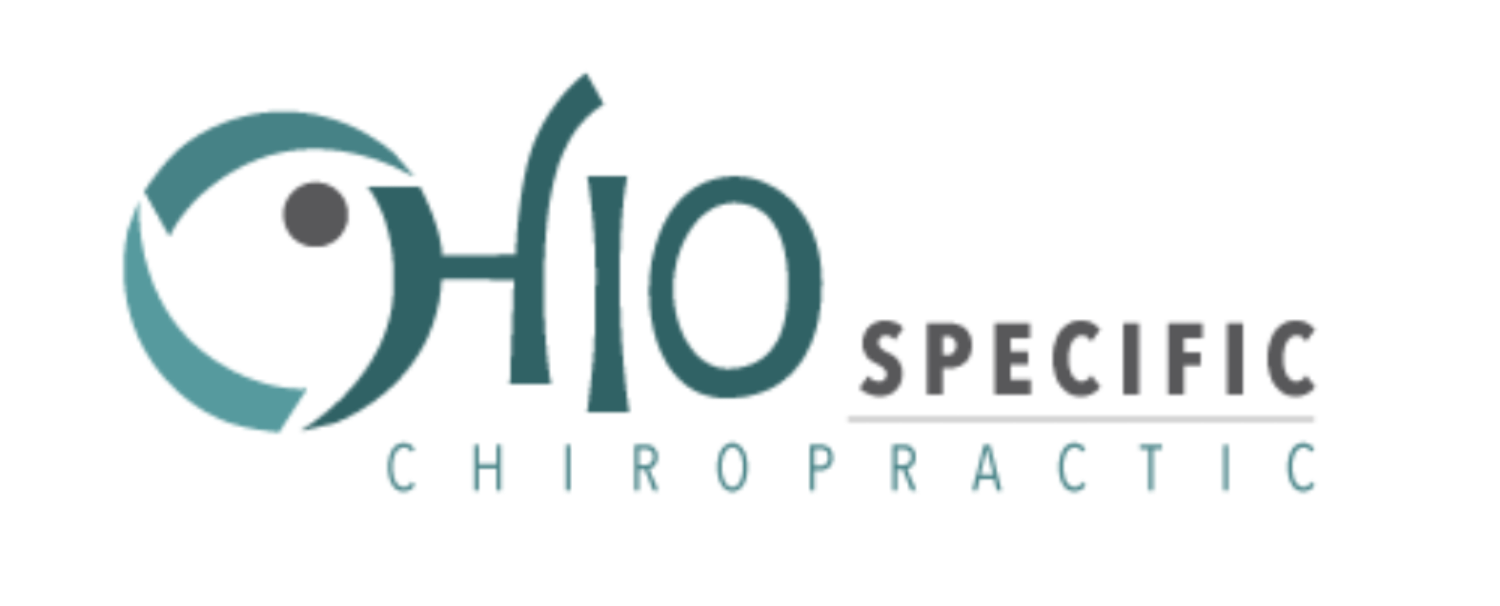Sinus Pressure and the Upper Cervical Spine
In the upper cervical spine, there are four main structures to focus on. They are:
The Foramen Magnum of the Occipital bone
The Atlas vertebra (1st cervical bone)
The Axis vertebra (2nd cervical bone)
The Brainstem of the Nerve System.
The Brainstem exits from the Foramen Magnum. The Atlas and Axis bones protect and surround the Brainstem. The brainstem connects all the nerves from the brain to the nerves of the body.
Regarding Sinus Pressure the secondary focus is on the:
Trigeminal Nerve
The Trigeminal nerve comes out of the skull close to the foramen magnum. It has three main branches, the ophthalmic, the maxillary and the mandibular. The mandibular branch supplies motor and sensory information to the jaw, ear and teeth. The maxillary branch supplies sensory information to the jaw, nasal cavity and sinuses. The ophthalmic branch provides sensory information to the eye, sinuses, and skin of the upper face and scalp.
The Nerve System in general has four main functions:
It controls all the movements we make
Senses everything we feel
Regulates all our body organs
Relates us to the outside world
When nerves get stressed, it effects their sensitivity, perception and behavior to perform these functions. The stresses are physical, chemical and emotional in nature. These stresses create nerve tension and spine imbalance.
One specific job of the brainstem is to adapt to these stresses and help bring the spine back into balance. If the stresses are too great for the brainstem to adapt, compensations arise. One particular compensation that occurs in the upper cervical spine is a Vertebral Subluxation.
A vertebral subluxation will cause the Atlas and Axis bones to lock in a misaligned position. This lock will sustain Nerve System tension and spine imbalance. This tension leads to abnormal sensitivity, perception and behavior of the brainstem and connecting nerves.
Over time, this disruption can lead to symptoms of the involved nerves. The usual symptoms of Sinus Pressure are:
Nasal inflammation (Sinusitis)
Discharge from the nose
Drainage down the back of the throat (postnasal drainage)
Nasal obstruction or congestion
Pain, tenderness and swelling around your eyes, cheeks, nose or forehead
Reduced sense of smell and taste
Ear pain
Aching in your upper jaw and teeth
Cough or throat clearing
Sore throat
Fatigue






